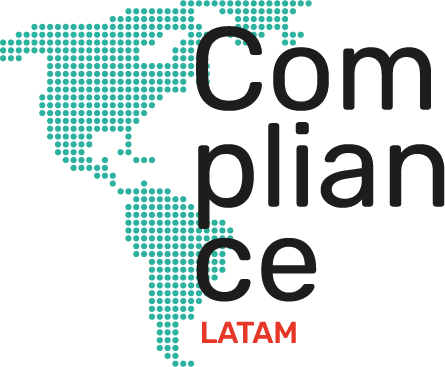
Guatemala | Transfer of employees and expatriates: questions and answers from multinational companies
The transfer of employees and expatriates to Guatemala is a fundamental process for multinational companies that wish to operate in this Central American country. However, this process is subject to a series of immigration regulations and requirements that can be complex. In this text, we will address the most frequently asked questions that multinational companies usually ask when it comes to transferring employees to Guatemala. From the need to establish a legal presence in the country to the hiring rates of expatriate employees and the different types of residency available, we will explore the key aspects that must be considered to ensure a successful and compliant relocation process in Guatemala.
1. Is it necessary to have a legal presence of the entity in Guatemala for the transfer of expatriate employees?
Legal presence in Guatemala if necessary, which can be achieved through its own branch or subsidiary or through outsourcing.
2. What are the percentages that the entity must meet for hiring expatriate employees in Guatemala?
You can hire up to a maximum of 10% of foreigners and pay them up to a maximum of 15% of the total salaries, giving priority to Guatemalans, but there are exceptional cases where the above does not apply.
3. For what positions can a work permit for foreigners be requested?
For positions of trust such as Managers, directors, General Managers, Administrators and Superintendents, which are exempt from the percentages indicated in the previous question;
For jobs in which there are no Guatemalan personnel trained to fill that position.
4. Until when can I include the foreign worker on the payroll?
Until obtaining the resolution of the work permit.
5. What is the estimated period to include the expatriate worker on the payroll?
It is 1 to 2 months from when the residency file is submitted to the Guatemalan Migration Institute.
6. Prior to the expatriate’s entry into Guatemala, can I start the residency or work permit process?
It is not possible, it is necessary that the foreigner be in Guatemala to begin the processes.
7. What is the period that a foreigner can stay in Guatemala with a traveler or tourist visa?
Without a residency in process, up to a maximum of 90 days, with a tourist or traveler visa that can be extended for the same period.
8. What categories of permanent residences can a foreigner choose?
Permanent residence for foreigners who have been temporary residents for more than 5 years.
Permanent residence for being a relative of a Guatemalan person within the limits of the law.
Permanent residence for rentier or pensioner.
Permanent residence for foreigners who have been married for one year or more or declared a de facto union with a Guatemalan person.
Permanent Residence for those born in other Central American countries when they have been temporary residents for more than one year.
9. What is the difference between the two visas per residence file in process (single or multiple visa)?
The simple visa allows one exit and one entry to Guatemala while the residency is in process.
The multiple visa allows you to leave and enter Guatemala unlimitedly for 90 days.
10. If an expatriate is transferred to Guatemala for a period of less than one year, should temporary residence be requested?
Yes, it is necessary to proceed with obtaining residency.
For more information you can contact:

Juan Carlos Tristán | BLP Partner | jtristan@blplegal.com


